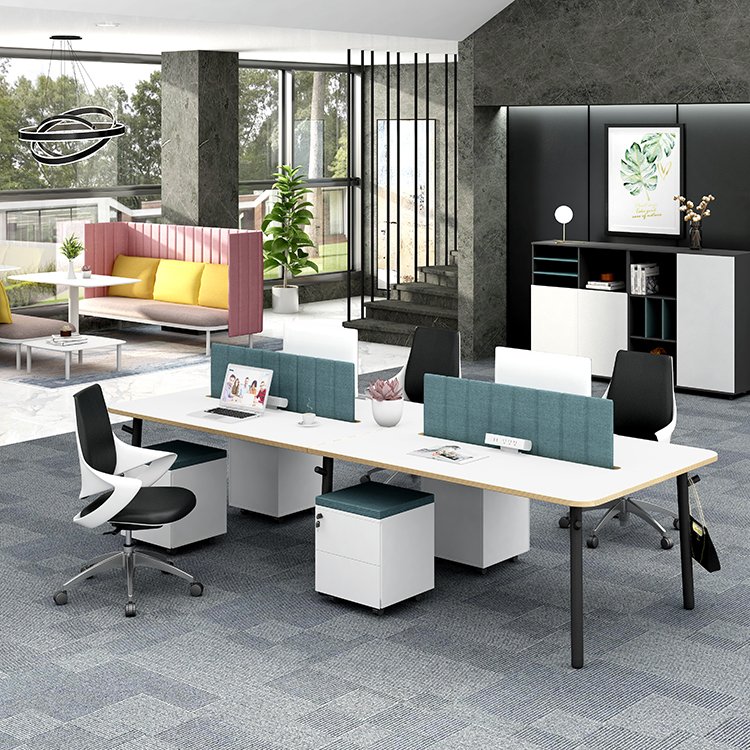Office Workstations
Office workstations literally play a dual fold role in most an office setting. On the one hand, they establish the style of the entire environment which allows for maximum use of available space; and, on the other, they’re key determinant in enabling employees to comfortably perform their tasks. Whether they’re computer-related tasks like making notes or correspondence, office workstations also qualify as functional office furniture. In fact, the style and configuration of an office workstation or office chair is critical in determining the effectiveness of the entire office setup. Thus, in order for an office to be both productive and pleasant, the appropriate office workstation and chair combination should be found.
The office workstation is the piece of furniture that sits at the desk or computer of an office employee. It’s typically made of a standard size and design. Generally, there is a chair with a built-in keyboard and armrest, and there is either a single or two-holed computer monitor.
The office chair and its accompanying monitor and keyboard should fit tightly into the office chair, as should the monitor, the mouse, and the keyboard. The seat of the office chair should lean forward slightly, and the back rest should slightly recline. This gives the user the proper posture for optimal comfort, and it also keeps the user’s weight evenly distributed across their chest and shoulders. A good office chair, designed properly, will support the user’s head, neck, arms, and legs in a way that reduces strain on those body parts and keeps the spine in proper alignment. The proper lumbar posture also contributes to the overall health of an office worker.
While sitting at the office workstation, the users should be encouraged to use the keyboard with a claw grip rather than a traditional office chair keyboard. When the user sits in a chair for long periods of time, the pressure on their neck and upper back from the keyboard and the mouse can cause the development of carpal tunnel syndrome. To prevent this serious health condition, the office workstation user should be encouraged to always move their hands slowly from side to side when typing. The use of ergonomic mice and keyboards, and the adjustable height of the computer monitor, keyboard, and mouse are also helpful to those who suffer from carpal tunnel syndrome.
The office desk usually consists of two major components, the desktop and the pedestal. The pedestal is what holds the office desk, while the desktop contains the keyboard, the mouse, the monitor, the optical mouse, the speakers, and other devices. The office desk often contains a drawer space underneath it for storage. Other features of an office desk may include shelves, file drawers, hutches, or cabinets. All of these different components can make the office desk very complex and cumbersome for the smaller person to use.
For those who do not have the need to utilize all of these different features in their office, there are many computer desks that are designed to conform to the needs of any person who sits at a desk for any length of time. Many office furniture stores carry computer desks that are built specifically for those individuals who sit at a keyboard and mouse. These types of desks usually have a few drawers and cabinets underneath the desk that can be used for storage, but usually have the height, desk depth, and width that are comfortable for most people to work at.

